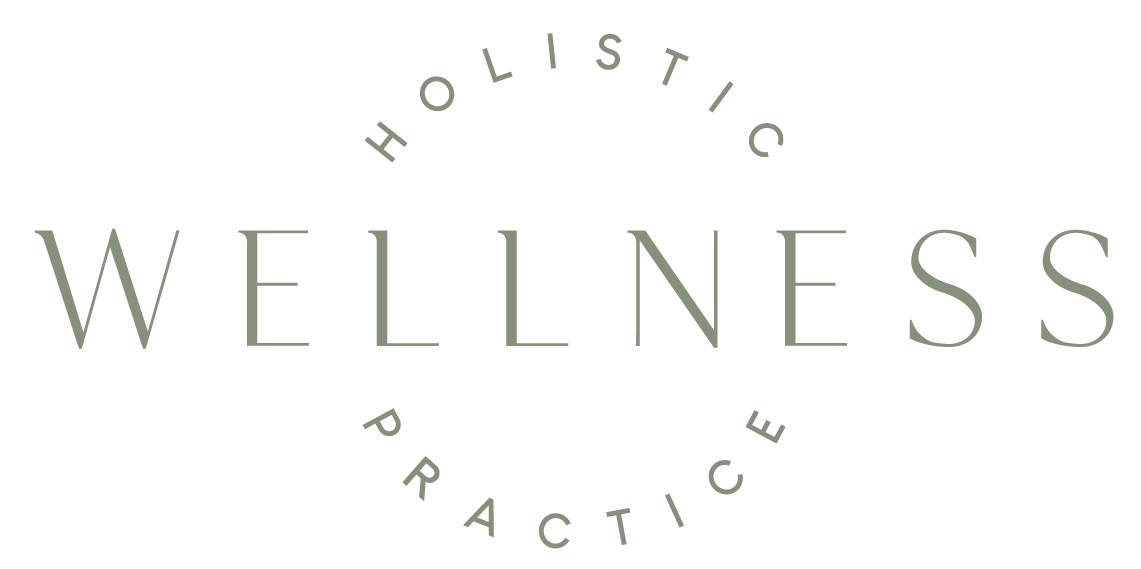Stress at work is a given; we all experience it at one time or another. When you serve in a leadership role especially, you are often tasked with managing the most stressful situations that occur in your workplace.
When hit with stress at work, people may react one of two ways; they either boil over with frustration, lashing out at those around them, or lock all emotion down, showing no feeling and making it seem like everything is fine. Either of these reactions will keep you from making the best decisions for yourself and your team. A reactive response doesn’t allow you to solve problems, and it can stop you from being the effective leader you strive to be.
This blog will help you understand leadership styles and how they relate to your own mind-body connection. It will answer questions like:
What can I do differently next time?
How can I become a responsive rather than a reactive leader?
If this sounds like what you need, keep reading.
Reactive Leadership Comes From Disconnection
When you’re stressed by a current situation, or a trigger reminds you of previous harms you’ve experienced, your body perceives danger and gets you ready to respond to it. You receive a flood of hormones like adrenaline and cortisol as your sympathetic nervous system prepares you to fight, or run, from a perceived threat.
Your nervous system doesn’t know that a leadership situation at work will rarely contain an actual threat to your person where fighting or running will solve things. Even though your logical mind understands, your body may not. If you are disconnected from the sensations your sympathetic nervous system can elicit —like so many of us are encouraged to be—the fight-or-flight feeling can become the guide to your work interactions.
Stressed leaders create a stressed team
When you’re tasked with leading a work group, regardless of the size, being reactive can escalate stress for everyone. Your leadership style sets the tone for your team work culture, and a consistently stressed, inflexible, and tunnel-visioned leader stuck in fight-or-flight mode will simply perpetuate a cycle of stress, reaction, and clean-up, for the whole team.
There’s no blame here for leaders who have reacted to stress instead of responding; we all do it, and it takes a great deal of practice to step back from a stressor and respond deliberately. But it is possible.
Somatic leadership and the mind-body connection
As a leader, you’ve developed a large number of skills to navigate work challenges, manage interpersonal interactions, and to do your job well. There is another skill you can develop, a skill that allows you to tap into your mind-body connection, to give you space to pause, and then respond, when issues arise at work and with your team and trigger stress for you. That skill is called “somatic leadership”.
Somatic Coaching: A Path to More Effective Leadership
“Somatic” refers to your body, as perceived from within yourself. We are too often taught to ignore how we feel physically. This disconnect feeds into itself, distancing you from your body’s signals about what’s happening around you. When you’re disconnected, your view becomes narrow, and even more so when you’re stressed. And as a leader, that tunnel vision and an inability to take in all the information makes your job harder and your responses less predictable than a connected mind.
Through somatic coaching, you can develop skills that ensure you are tapped into your mind-body connection so you can calm yourself when in a stress response. You can take time to see things more clearly, and to respond thoughtfully. Your attunement to your sensations and the emotions that come with them will allow you to lead from a place of self-understanding. You’ll benefit from a better mind-body connection that gives you a more centered, accurate perception of what’s happening around you. This is true somatic leadership.
How does somatic coaching work?
Somatic coaching for executives involves working with a coach or therapist to notice your physical sensations in your body, and the associated feelings and experiences that bring them about. As you find the physical sensations and understand the associated emotions, you’ll work with your nervous system to release the sensations, and thus, the emotions. Tying into your nervous system helps you work with it, instead of against it, to process feelings and understand yourself.
Tracking down your triggers and their sources can happen quickly with somatic coaching. You can practice ways to connect with yourself and de-escalate your reactions, so you’re prepared ahead of stressful events. That practiced presence in the face of stress allows you to take in more information, and make better decisions.
Somatic coaching for executives can involve grounding exercises, meditation and breathwork, sound bathing, and guided visualizations. Sessions often involve you pinpointing a goal for the session, releasing physical sensations and tracing the root cause for them at the same time. In between sessions, you’ll practice breathwork and meditation on your own, including mantras, journaling, and other supports to continue your practice.
Mindfulness and Leadership Go Hand in Hand
Agility in leadership is critical; if you are triggered into a fight-or-flight state, you lose the ability to be flexible and responsive. You instead become rigid, narrow-sighted, and reactive. Developing the ability to pause, offering yourself a small space to notice your physical reaction, allows you to trace it, accept it, and release it.
Mindfulness simply means noticing what you’re experiencing, how you feel, where you are, and what’s happening around you, in the moment. It’s a form of attention to detail and to information that’s immediately available to you. When you consider it as a skill that sharpens your attention and allows your mind to stay flexible, it’s easy to see how tapping into somatics and your mind-body connection can improve your leadership capacity.
Making Your Breath Work for You
Breathing is one of the most effective ways to manage your reactions and responses to stress or fight-or-flight responses. Breathing is a big part of what runs our body, and communicating to your body and mind that you are able to breathe deeply and slowly shows your system that you are safe, and in control.
When you’re in fight-or-flight, you will breathe shallowly. This can impact both your mental performance and your physical body, making you tired, hungry, depressed, achy, anxious, foggy, and having a tough time managing your emotions. You can clearly see how effective leadership becomes impossible when you’re bogged down with stress.
Deep breathing, using your diaphragm to push your belly out to breathe in, and to contract your belly fully to push air from your lungs, cues your nervous system to treat you as safe and calm. Safe and calm are cornerstones of effective leadership; it may feel silly to consider breathing a key to being a good leader, but it can make an enormous difference in your ability to respond instead of react in stressful situations.
Deep breathing exercises
There are many deep breathing exercises you can do, but there are two memorable, simple ones that are great starting places. For both, breathe in and out through your nose. Both of these can stop the fight-or-flight response in its tracks:
4×4 Breathing
Breathe in, counting to four. Breathe out, while you count to four. Focus only on breathing, and counting. Continue for at least five minutes, up to twenty.
Box Breathing
Breathe in, and count to four. Hold your breath, counting to four. Breathe out, counting to four. Hold your breath again, counting to four. Visualize tracing a square in the air, with each line of the square being drawn during the four count of a breath or hold. Continue for ten breaths.
Mindfulness meditation can connect your mind-body, somatically
Adding a meditation practice to your deep breathing can help you develop a strong mind-body connection. Meditation is portable; you can meditate just about anywhere or any time. It can be an effective, simple way to give you space, quickly, from stress and allow you to regulate, so you can better make decisions.
Try it out! Sit quietly, either on the floor or on a chair with your feet flat on the floor. Settle into a comfortable position, and start to pay attention to your breathing. Notice your thoughts as they pass through your head, but let them pass on, without judgment. Consider adding a mantra, a set of words that you repeat to yourself, to focus your thoughts.
Some mantra options:
- I can let this go.
- I forgive myself, I forgive them
- What do I need right now?
- I am enough.
- I choose my thoughts and emotions.
After connecting to your breath, and working with meditation regularly, you should see change in how you relate to your sensory inputs, and how capable you are of managing your responses to feelings and triggers.
If you would like to dig deeper into your somatic practice for professional growth and personal wellbeing, consider contacting us. Holistic Wellness Practice offers a number of executive coaching options that work with meditation, breathwork, and sound. We welcome anyone who is seeking a stronger mind-body connection at work, in life, or both.
Gleyce Almeida-Farrell is a psychotherapist and the founder of Holistic Wellness Practice in Alpharetta, GA. She specializes in helping adults manage stress and overcome symptoms of anxiety utilizing a holistic and integrative approach to mental wellness.
We offer in-person and virtual services – contact us today to learn more!







